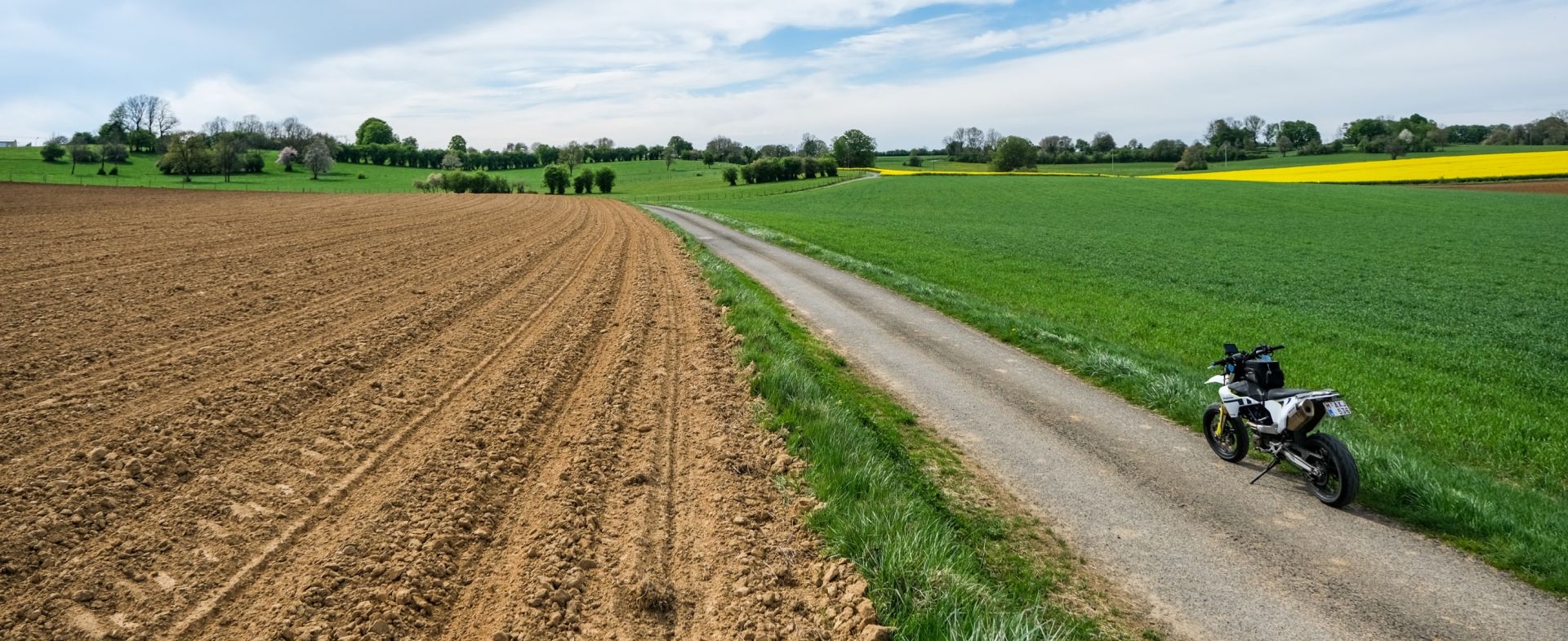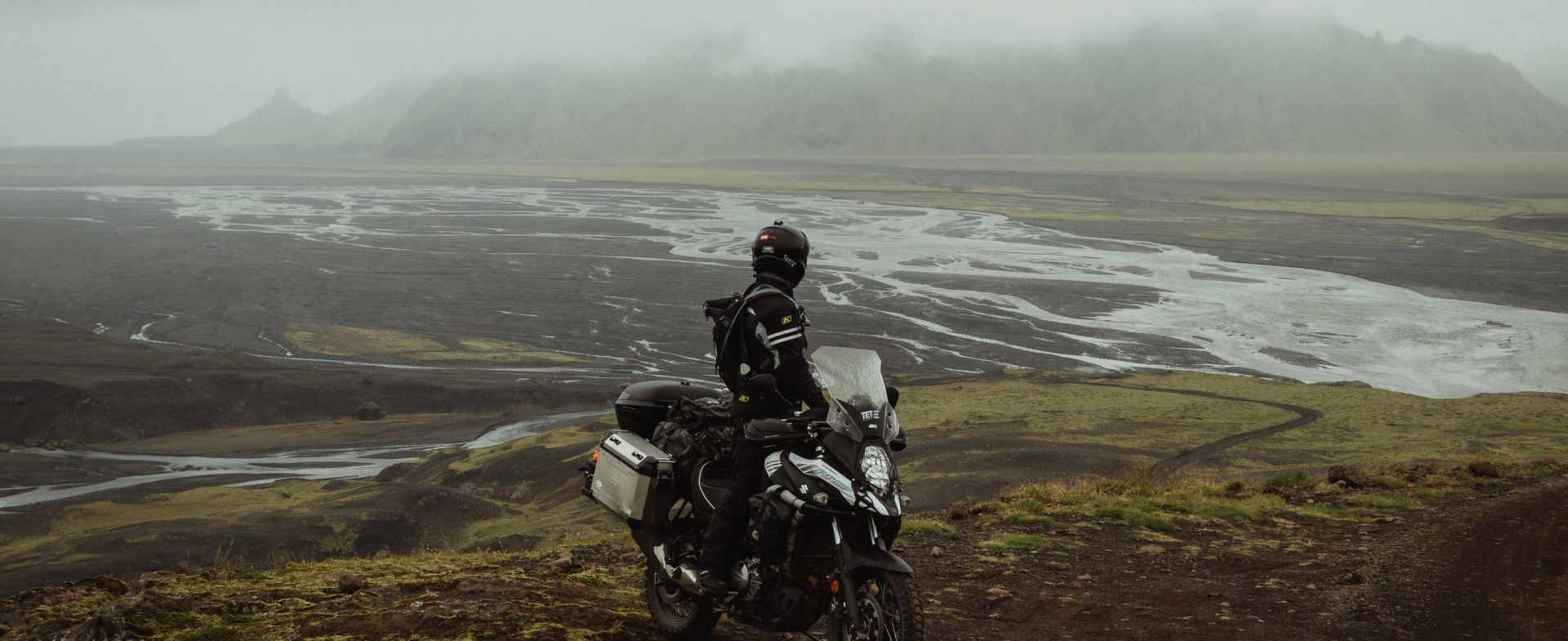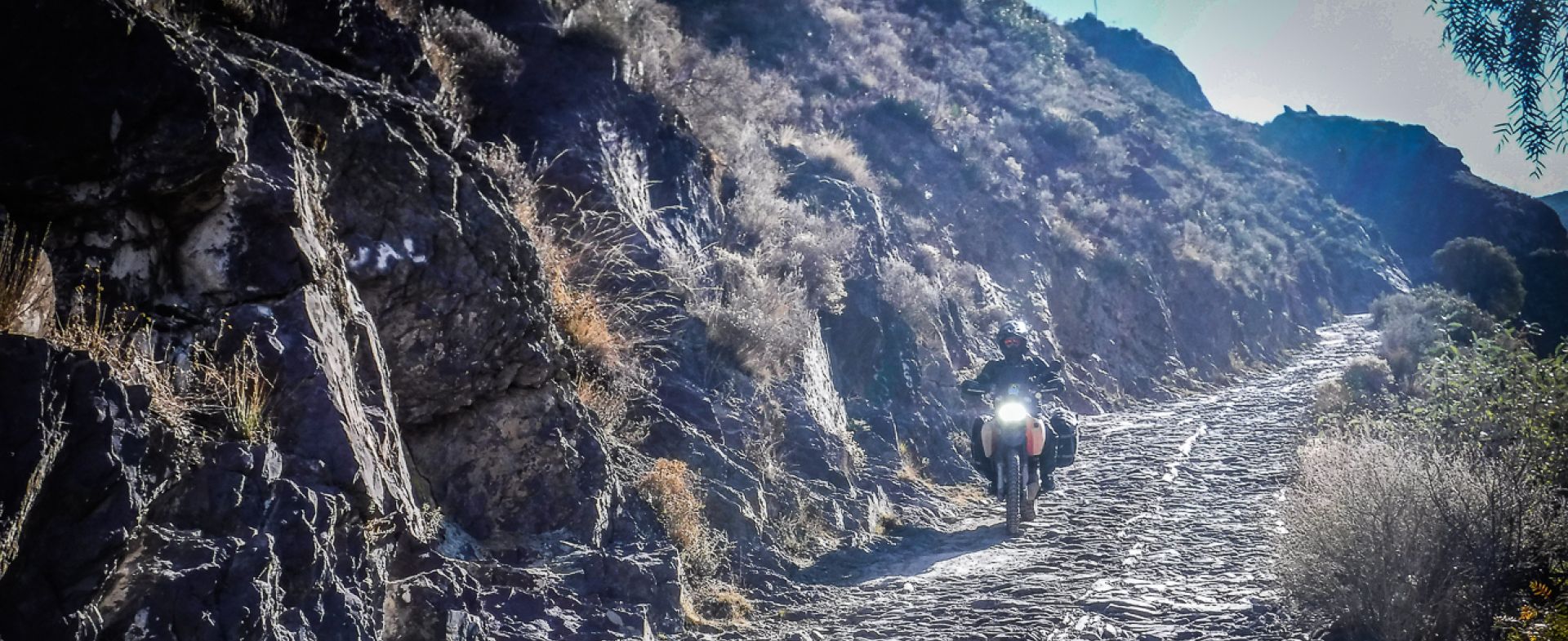Romania: Transalpina - Transfăgărășan Loop. So Good I Rode It Twice
Motorcycle Diaries
“So was Dracula real?”, I asked the woman selling the souvenirs. The image on the keyring was that of Vlad Tepes, more famously known as Vlad the Impaler, Transylvania’s most notorious Medieval king – and one who inspired the legend of a vampire.
The woman smiled and shrugged her shoulders. With thick fog rolling slowly across the road and the looming dark forest covering dramatic cliffs and jagged mountain peaks, it wasn’t hard to let your imagination run wild. After all, this was Romania, a land of mad kings, strange folktales, and the Carpathian Mountains – easily one of the most awe-inspiring mountain range in the continent.
There is no shortage of beautiful mountain roads with twists and hairpins in Europe. But while most riders head straight for the famous Stelvio Pass in Italy, the Spanish Pyrenees, or the French Alps, Romania remains something of an undiscovered gem. And that’s actually great news: riding Romania, especially a little early or a little late in the season, you’re likely to avoid the crowds and have the country’s most stunning roads all to yourself.
While Romania has an intricate and expansive network of off-road trails and tracks crisscrossing the entire country (see the Trans Euro Trail for legal off-road trails in Romania), two of its paved roads are so scenic I just couldn’t help myself. Transalpina and Transfăgărășan are among Romania’s – and possibly, Europe’s – most beautiful roads, and the entire area around these routes is so incredible I did the loop twice, once to take photos and go slowly to take it all in and the second to just ride.
Transalpina and the Roman Legionnaires
On the map, Transalpina is the Route DN67C connecting the two small towns of Novaci and Sebes. The total distance is just 82 miles, but be prepared to spend several hours covering it: this road crosses Romania’s highest motorable mountain pass, the Pasul Urdele, rising over 7,000 feet above the sea level. Because of this, Transalpina is eighty-two miles of twists and turns, curves and hairpins, steep switchbacks and jaw-dropping scenery of the Southern Carpathians. This road will take you across a wild, remote highland country where local shepherds walk alongside their animals and where you may encounter loose donkeys begging for treats from motorists who stop to admire the views. Pro tip: pack an apple or two in your panniers for the furry little friends.
Aside from great riding and incredible views, Transalpina also boasts deep history: the road was built by King Carol II in the beginning of the twentieth century and called, for a brief period, “The King’s Road”. However, the route is much, much older than that. It was used as early as the 2nd century AD, built by the Roman legionnaires invading what was then called Dacia and transporting stolen Transylvanian gold back to Rome.
The most scenic section of the Transalpina is between Novaci and Obarsia Lotrului, and most riders recommend riding this road South to North, however it’s up to you and either way is just as spectacular.
For places to stay nearby, I’d recommend Sibiu, a beautiful city with a magnificent Old Town, great food, and relatively low prices for hotels and AirBnBs.
Transfăgărășan: A Monument to Megalomania
Running parallel to the Transalpina, Transfăgărășan (Route DN7C) is another mountain road situated just a little East from Transalpina and boasting the title of being “the most beautiful road in Romania”. To enjoy both Transalpina and Transfăgărășan, you can combine them in a loop: start in Sibiu, ride the Transalpina, hop on Route 67 and Route 73C and join the Transfăgărășan at Curtea de Arges to follow in the footseps of Top Gear’s Jeremy Clarkson. Or, ride the Transfăgărășan first, then head over to Sebes and ride the Transalpina south.
Whichever way you do it, Transfăgărășan is guaranteed to leave you speechless. It’s a 94-mile road cutting across the Fagaras Mountains, a strand range of the Southern Carpathians. The road was built by Romania’s notorious dictator Nicolae Ceausescu who, according to rumor, wanted to construct this road just to surpass the ancient King’s Road, the Transalpina. Another rumor is that Ceausescu was worried about the potential invasion from the Soviet Union and, plagued by megalomania and paranoia, the crazed dictator began building the Transfăgărășan road using military engineers and thousands of soldiers. Untrained, inexperienced, and poorly prepared, they blasted whole sections of the mountainside, rock and earth, away, using over six million kilos of dynamite.
More than a hundred people lost their lives building the road year-round in harsh alpine conditions, and Transfăgărășan is often called “Ceausescu's Folly” (or sometimes, more accurately, “a monument to earth-moving megalomania”), as it is, in essence, useless: the road is closed off for two-thirds of the year due to heavy snowfall and impenetrable weather. To top it off, Transalpina is a perfectly good road crossing the mountains that would have served the purpose just as well… Still, while Ceausescu ended up arrested, tried, and executed during the turbulent 1989’s, Transfagarasan remains, and it truly is a magnificent road revealing tremendous mountain vistas and offering enough switchbacks to last you the whole day. I would suggest dedicating an entire day to ride just the Transfagarasan, simply because you’ll want to stop and take in the views or snap photos along the way.
But what of the vampires?
After you’ve done Transfăgărășan, head east towards Brasov and visit the small town of Bran nearby. The castle of Bran is what inspired Bram Stoker to write his world-famous novel, Dracula, and Bran’s most infamous resident Vlad the Impaler gave him the inspiration for the creation of the vampire legend.
Despite the sinister-looking medieval castles and creepy vampire stories, however, Romanian people are incredibly friendly, hospitable, and kind. They love seeing travelers on motorcycles, so make sure to take your time and chat with the locals – they will be happy to point out some of the local hidden gems or routes to explore.
Keep in mind that both Transalpina and Transfăgărășan are closed during the winter months due to horrendous weather and heavy snowfall. The best time to ride there is May through to September. There are plenty of accommodation and meal options in the towns and villages along both routes.


























